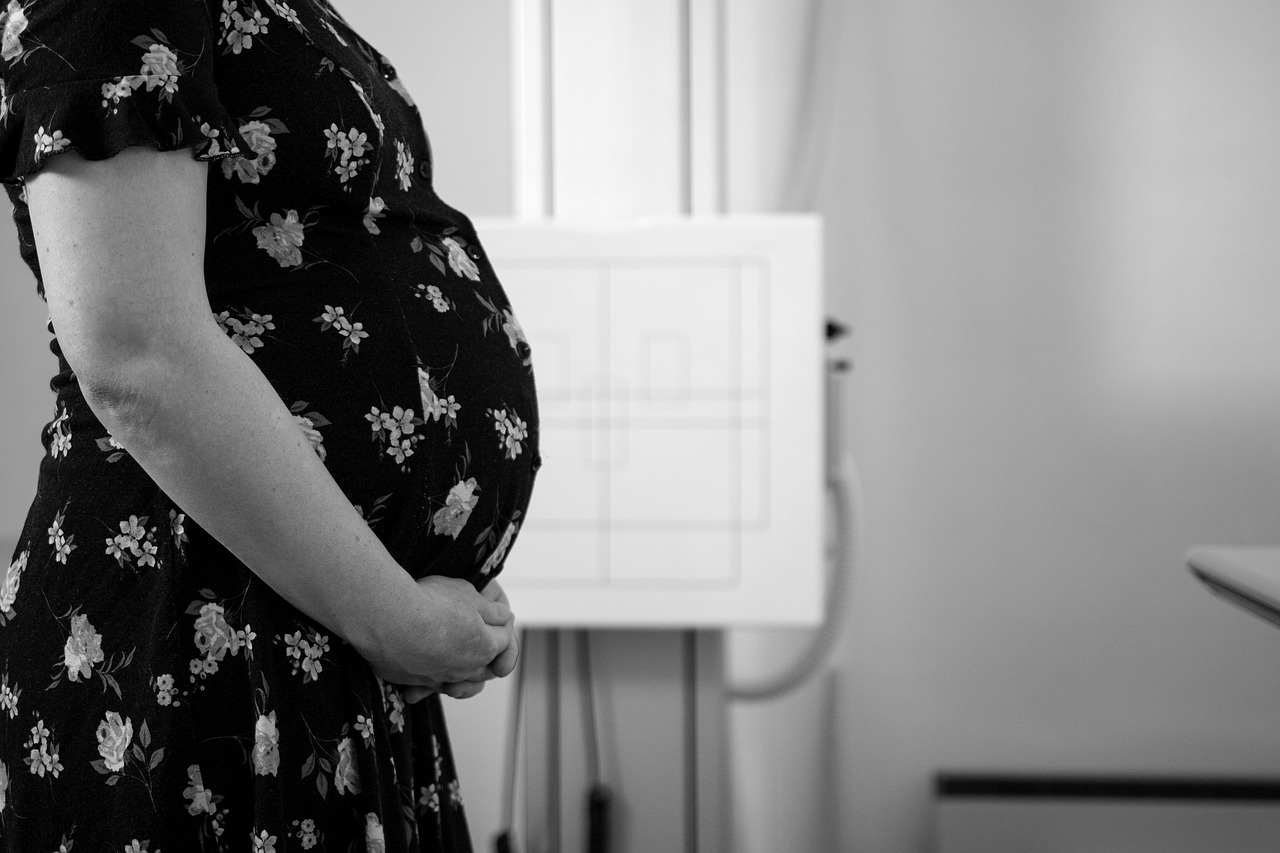Gestational diabetes is diabetes diagnosed for the first time during pregnancy (gestation). Like other types of diabetes, gestational diabetes affects how your cells use sugar (glucose). Gestational diabetes causes high blood sugar that can affect your pregnancy and your baby’s health.
While any pregnancy complication is concerning, there’s good news. During pregnancy, you can help control gestational diabetes by eating healthy foods, exercising, and, if necessary, taking medication. Controlling blood sugar can keep you and your baby healthy and prevent a difficult delivery.
If you have gestational diabetes during pregnancy, generally your blood sugar returns to its usual level soon after delivery. But if you’ve had gestational diabetes, you have a higher risk of getting type 2 diabetes. You’ll need to be tested for changes in blood sugar more often. Every year, 2% to 10% of pregnancies in the United States are affected by gestational diabetes. Managing gestational diabetes will help make sure you have a healthy pregnancy and a healthy baby.
What Causes Gestational Diabetes?
Gestational diabetes occurs when your body can’t make enough insulin during your pregnancy. Insulin is a hormone made by your pancreas that acts like a key to let blood sugar into the cells in your body for use as energy.
During pregnancy, your body makes more hormones and goes through other changes, such as weight gain. These changes cause your body’s cells to use insulin less effectively, a condition called insulin resistance. Insulin resistance increases your body’s need for insulin.
All pregnant women have some insulin resistance during late pregnancy. However, some women have insulin resistance even before they get pregnant. They start pregnancy with an increased need for insulin and are more likely to have gestational diabetes.
About 50% of women with gestational diabetes go on to develop type 2 diabetes, but there are steps you can take to prevent it. Talk to your doctor about how to lower your risk and how often to have your blood sugar checked to make sure you’re on track.
What are the risks factors associated with gestational diabetes?
Although any woman can develop GDM during pregnancy, some of the factors that may increase the risk include the following:
- Overweight or obesity
- Family history of diabetes
- Having given birth previously to an infant weighing greater than 9 pounds
- Age (women who are older than 25 are at a greater risk for developing gestational diabetes than younger women)
- Race (women who are African-American, American Indian, Asian American, Hispanic or Latino, or Pacific Islander have a higher risk)
- Prediabetes, also known as impaired glucose tolerance
Although increased glucose in the urine is often included in the list of risk factors, it is not believed to be a reliable indicator for gestational diabetes.
How Gestational Diabetes Testing Is Done
The American Diabetes Association recommends screening for undiagnosed type 2 diabetes at the first prenatal visit in women with diabetes risk factors. In pregnant women not known to have diabetes, gestational diabetes testing should be performed at 24 to 28 weeks of gestation.
In addition, women with diagnosed gestational diabetes should be screened for persistent diabetes 6 to 12 weeks postpartum. It is also recommended that women with a history of GDM undergo lifelong screening for the development of diabetes or prediabetes at least every three years.
Generally, your doctor will test you for gestational diabetes between 24 and 28 weeks of pregnancy. Tests include the glucose challenge test and the oral glucose tolerance test (OGTT). ‘
The glucose challenge test is done first. This one-hour test involves drinking a sweet fluid, waiting an hour, and having blood glucose tested. If the test results are abnormal and show high blood sugar, a glucose tolerance test will be done. That takes about three hours.
The glucose tolerance test is done if the woman’s one-hour glucose challenge test shows high blood glucose levels.
Most glucose tolerance tests follow these general steps:
- You may be asked to only drink water on the day the glucose tolerance test is given, and it’s possible there will be food and drink restrictions the night before the test.
- A health care provider will take a fasting blood sample from your arm right after you arrive at the hospital or doctor’s office.
- You will be asked to drink a special glucose solution.
- Blood will be drawn several times over the course of several hours to measure the glucose levels in your body.
Treatment for Gestational Diabetes
You can do a lot to manage your gestational diabetes. Go to all your prenatal appointments and follow your treatment plan, including:
- Checking your blood sugar. This makes sure your levels stay in a healthy range.
- Eating healthy food in the right amounts at the right times. Follow a healthy eating plan created by your doctor or dietitian.
- Being active. Regular physical activity that’s moderately intense (such as brisk walking) lowers your blood sugar and makes you more sensitive to insulin so your body won’t need as much. Make sure to check with your doctor about what kind of physical activity you can do and if there are any kinds you should avoid.
- Monitoring your baby. Your doctor will check your baby’s growth and development.
If healthy eating and being active aren’t enough to manage your blood sugar, your doctor may prescribe insulin, metformin, or other medication.





